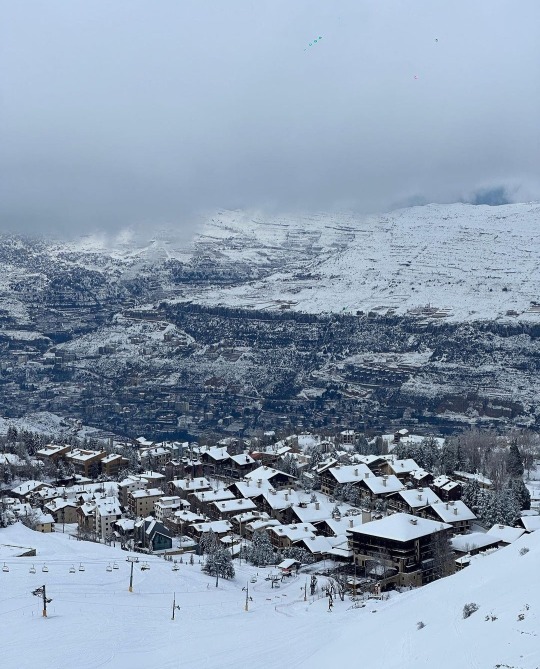Don't wanna be here? Send us removal request.
Photo


Vineyard workers in Lebanon, late 19th century
71 notes
·
View notes
Photo
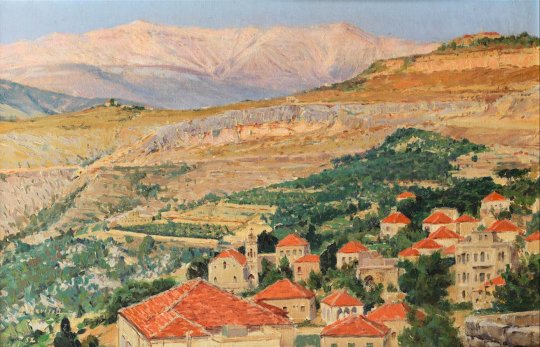
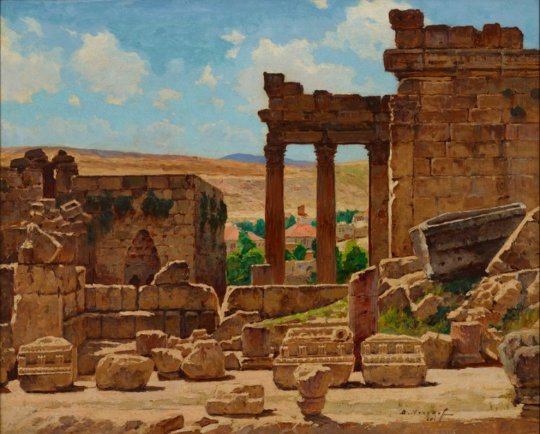

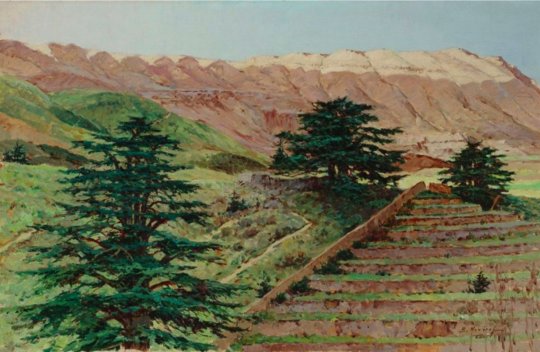
Landscapes of Lebanon by Georgian-born Lebanese painter Boris Novikoff (1888 - 1966)
246 notes
·
View notes
Text

“South Lebanon” (1978) by Palestinian artist Sliman Mansour.
76 notes
·
View notes
Text
Being from the Levant is the greatest honour
They took so much from all of us yet we are still here
They will never succeed in erasing us no matter how hard they try and how much devastation they leave behind them
424 notes
·
View notes
Photo

From the second Palestinian intifada, Jabal il Nar, Ras il Ain, Nablus.
4K notes
·
View notes
Text

Fatima Hammdo in traditional dress and army uniform in the 1970s
Photograph: Diab Alkarssifi
328 notes
·
View notes
Text


Mawlid Al Nabi Celebrations in Beirut, Lebanon 1939
إحتفالات المولد النبوي الشريف في بيروت عام 1939
33 notes
·
View notes
Photo


Pairs of earrings made in Tripoli, Lebanon, in the late 19th century/early 20th century. The pair in the first picture is made out of silver with blue glass beads. The pair in the second picture is made out of similar materials, except with Ottoman pendant coins.
9 notes
·
View notes
Photo

Pair of hair ornaments made of low grade silver in Rashaya, Lebanon, late 19th century. Plait ornaments like these were worn in sets of three. They were attached at the bottom of lengths of black silk or wool which were plaited into the hair and hung just below a woman’s wait at the back.
9 notes
·
View notes
Text


Mawlid Al Nabi Celebrations in Beirut, Lebanon 1939
إحتفالات المولد النبوي الشريف في بيروت عام 1939
33 notes
·
View notes
Text
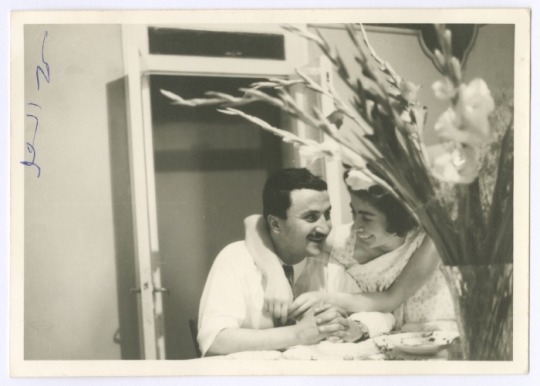


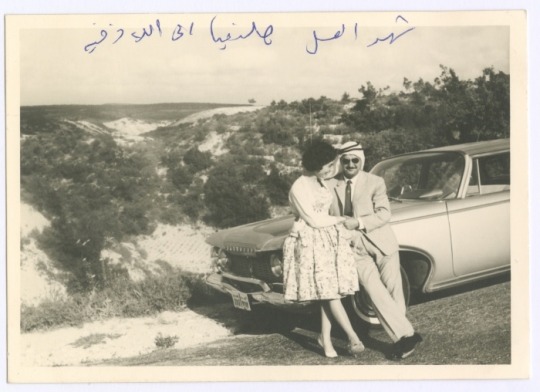

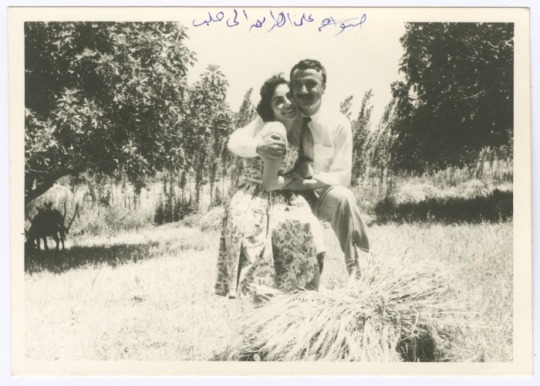

1961: Photographs of Bassam Shakaa and Enaya al-Fassed, a Palestinian couple. They were staying in Syria as political refugees.
450 notes
·
View notes

















